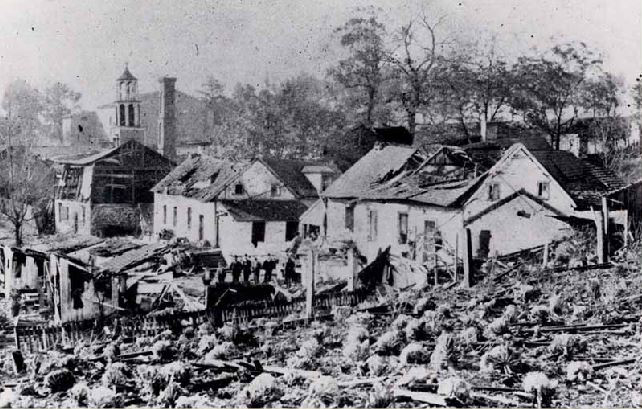 1890
1890
Explosion
The largest explosion at DuPont Company Powder Works on the Brandywine occurred on October 7, 1890.
Image: Worker's homes in the Upper Banks damaged in the 1890 explosion.
 1890
1890
Mooar Plant, Keokuk, Iowa
DuPont's Mooar plant in Keokuk, Iowa, began operation in 1890. Mooar would become the company's largest black powder factory.
Image: A view of the boiler house at DuPont's Mooar Plant.
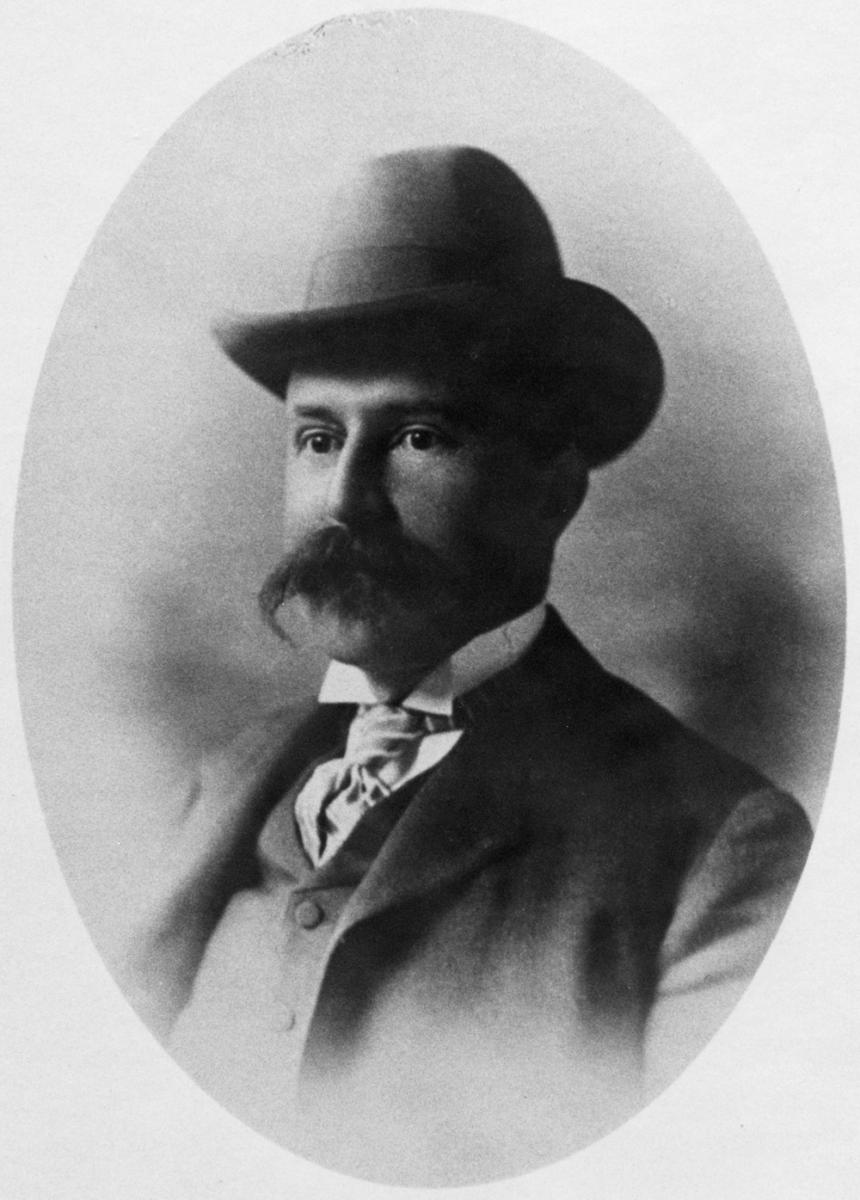 1893
1893
Smokeless Powder Plant
Frank and Pierre du Pont obtained a United States patent for smokeless powder used in shotgun shells.
Image: Francis Gurney 'Frank' du Pont (1850-1904).
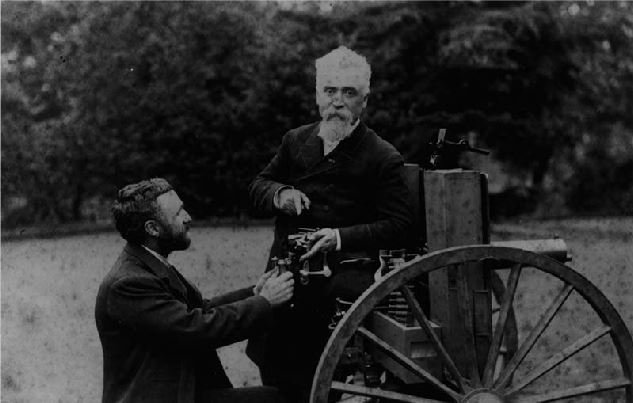 1896
1896
Purchase Smokeless Powder Patent
The Company purchased rights to Hudson Maxim's smokeless powder patent, paying him $400 a month for seventeen years.
Image: Hudson Maxim (1853-1927) and Hiram Stevens Maxim (1840-1916) with a Maxim machine gun, 1884.
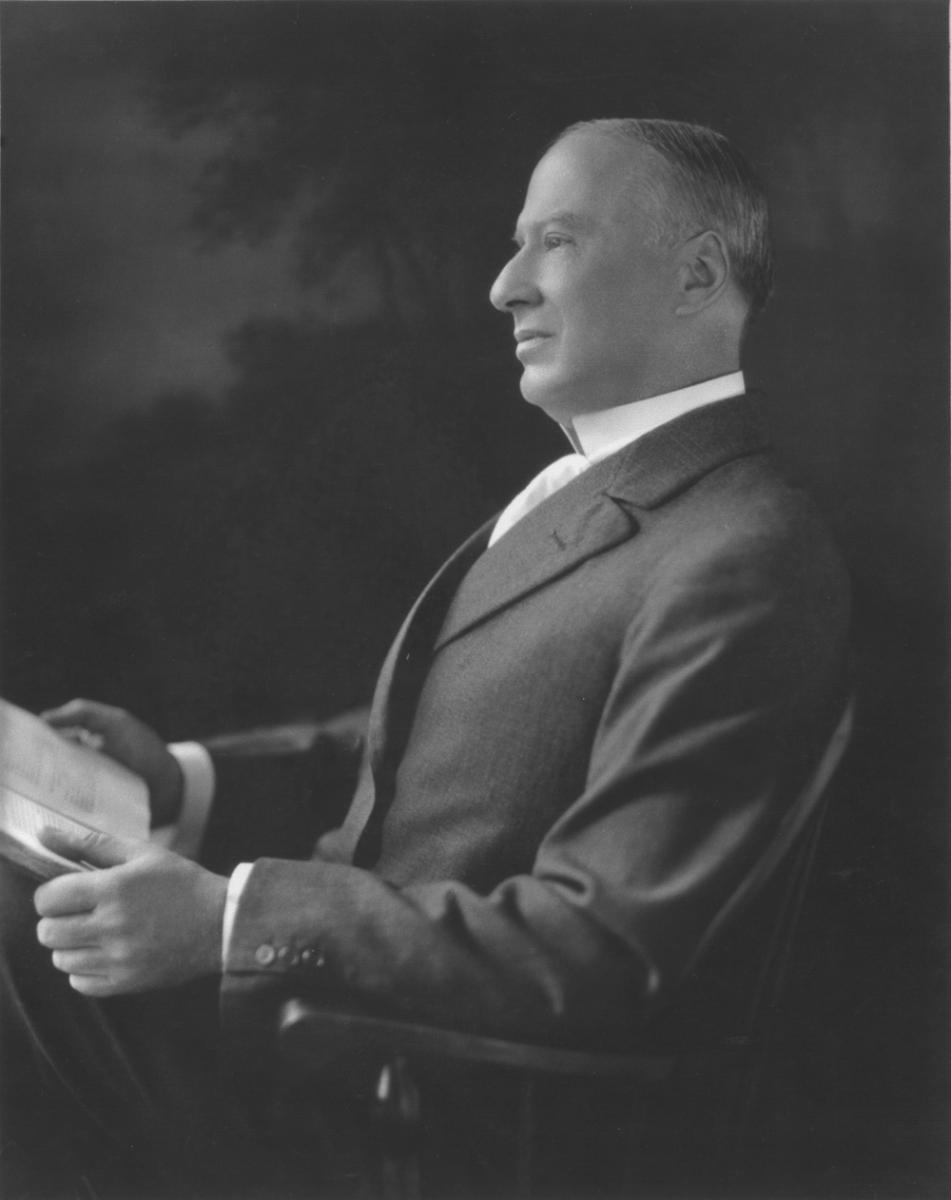 1902
1902
Death of Eugene du Pont
Eugene du Pont's unexpected death on January 28, 1902, left the Company without a president.
Rather than see the firm sold, Alfred I. du Pont (pictured), T. Coleman du Pont, and Pierre S. du Pont acquired the Company.
Image: Alfred I. du Pont.
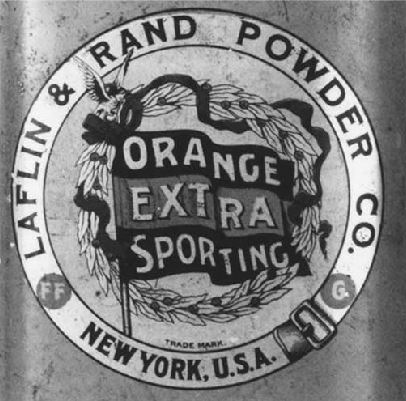 1902
1902
Purchase of Laflin and Rand
In August 1902, DuPont purchased the Laflin and Rand Powder Company, one of their leading rivals. This acquisition made DuPont the nation's largest explosives manufacturer.
Image: Laflin and Rand label on a gunpowder can.
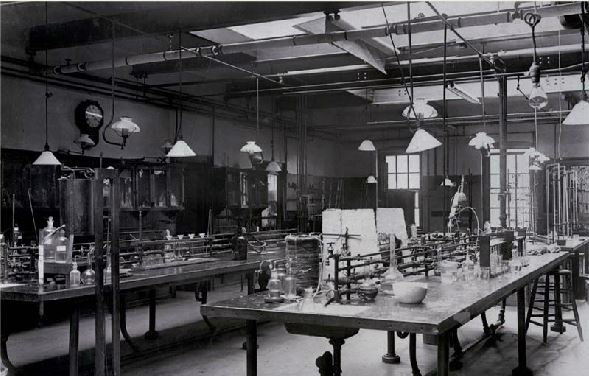 1903
1903
Opening of the Experimental Station
DuPont opened its first Experimental Station in 1903 near the location of the original powder yards on the Brandywine in Wilmington, Delaware. Work done at the Experimental Station helped DuPont enter the consumer goods market.
Image: Interior of DuPont's first Experimental Station.
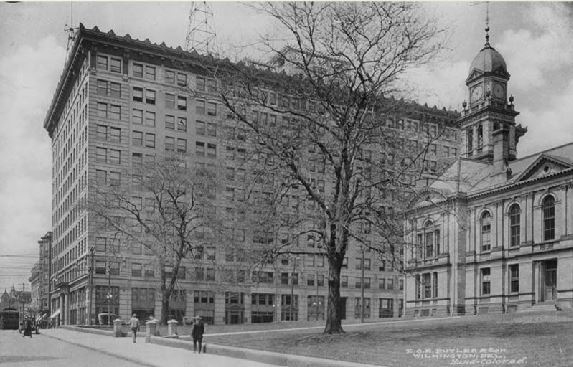 1907
1907
Anti-Trust Legislation
On July 31, 1907, the U.S. Justice Department initiated anti-trust proceedings against DuPont. The courts ruled against DuPont in 1911, forcing the company to divest many of its recent acquisitions.
The Hercules Powder Company and Atlas Powder Company were spun off from DuPont as a result of the court ruling.
Image: The DuPont Building, Wilmington, Delaware, circa 1915. This building, built in 1907, was the company's corporate headquarters.
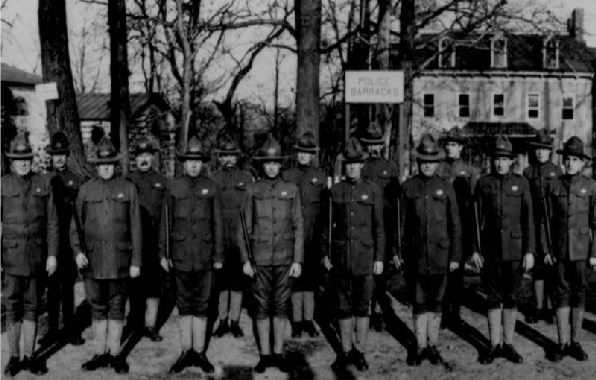 1914-1918
1914-1918
World War I
The DuPont Company supplied much of the smokeless powder and explosives used by Allied armies during World War I.
Image: Military police at the Brandywine Works, 1917.
1918
DuPont Investment in General Motors
DuPont invested in General Motors in order to further its interests in consumer goods. Pierre S. du Pont (1870-1954) was elected as General Motors' director in 1915. He became the president of GM in 1920.
Image: Sketch of Pierre S. du Pont as president of General Motors, 1922.
1921
Closing of the Brandywine Works
DuPont closed the Brandywine powder yards. Low demand for black powder and the Company's move into other products facilitated the decision.
Image: Hagley Yard Roll Mills along the Banks of the Brandywine.

